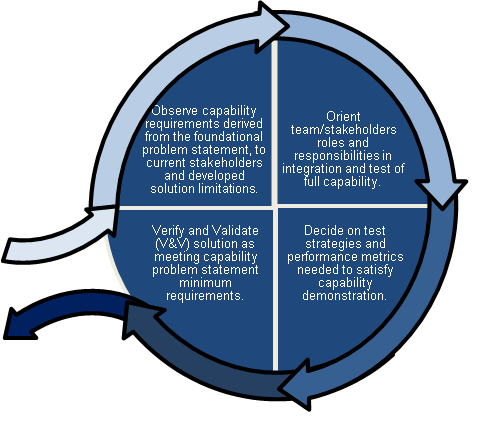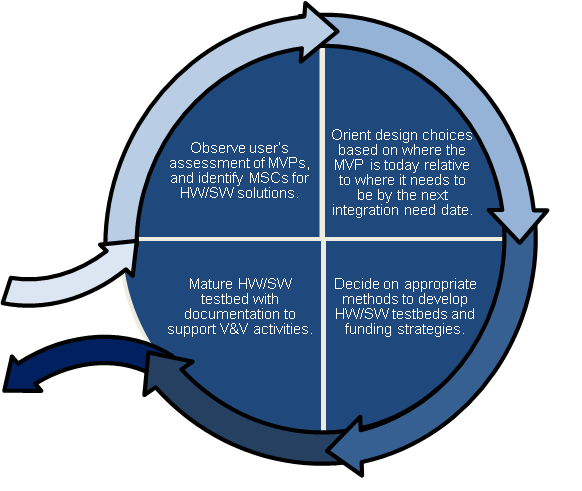Developmental OODA Loop 4: Demonstrate
- Derek Doyle
- Jun 20, 2023
- 2 min read
Making it to this level of the innovation pipeline is quite the feat and may require some changes in approaches used for engaging with stakeholders, completing deliverables, and making changes to the technology. Until this point, the focus has been on understanding and trying out different approaches and optimizations working towards a high-fidelity MVP. But now, the tone will shift as the effort moves into a demonstrated prototype needed to prove operational utility. The expectations on documentation and configuration control will make changes much more costly and difficult to implement without appropriate review boards and oversight. As a result, the progress on traditional technology readiness levels will now shift to alternative frameworks tied to integration and system levels. The goal here is to, ideally, leverage complete and well-documented technical products from previous stages to finalize and refine any aspects of the design needed to allow for integration into a larger system or architecture and ensure the facilities and training are in place to support use. The OODA steps for this phase follow these steps:
1. Observe the capability requirements desired from stakeholders' foundational problem statement and any gaps with current solution limitations. These may be directly pulled from capability requirements or derived down to your subsystem level if you're part of a larger system.
2. Orient team/stakeholders' roles and responsibilities in remaining design aspects of final interfaces, integration, and testing of full capability. Plan out contingencies for any components that are not complete up to TRL 5/6 with risk reduction and management plans.
3. Decide on test strategies and performance metrics needed to satisfy capability demonstration within the resources available. Identify the priorities of stakeholders with respect to cost, schedule, and performance.
4. Act on the plan towards verifying and validating (V&V) the developed solution meets the capability problem statement and satisfies threshold or objective requirements.
By following these basic steps, developers should be able to finalize their product into an integrated piece of a larger system or architecture and evaluate how well it meets stakeholder requirements and what resources are needed to properly field the solution.






Comments